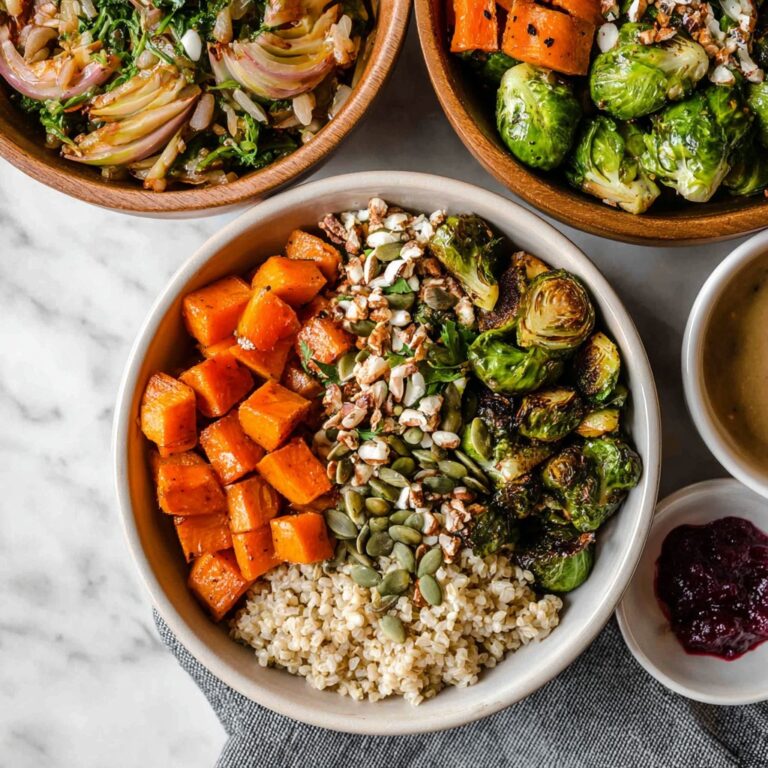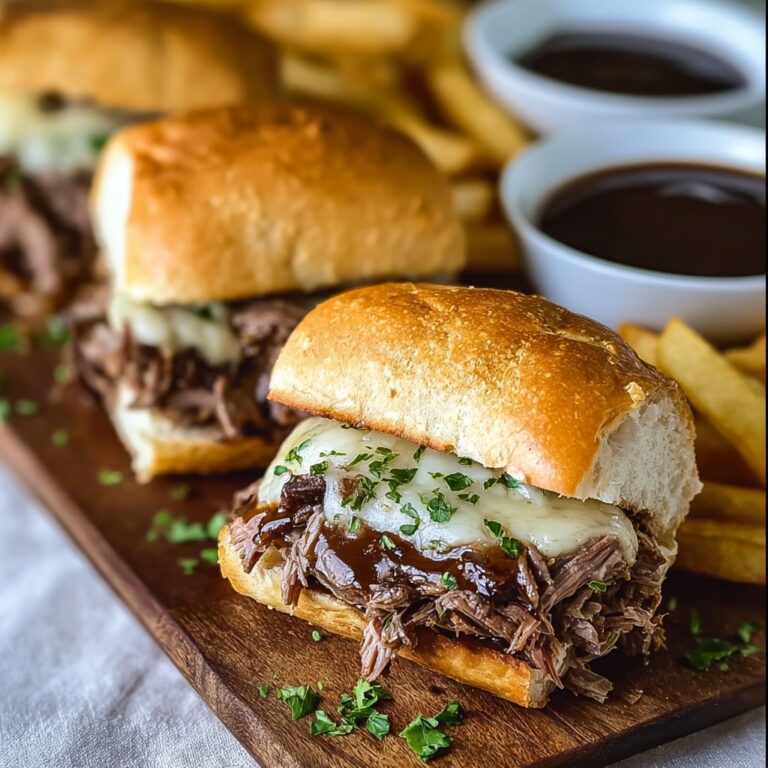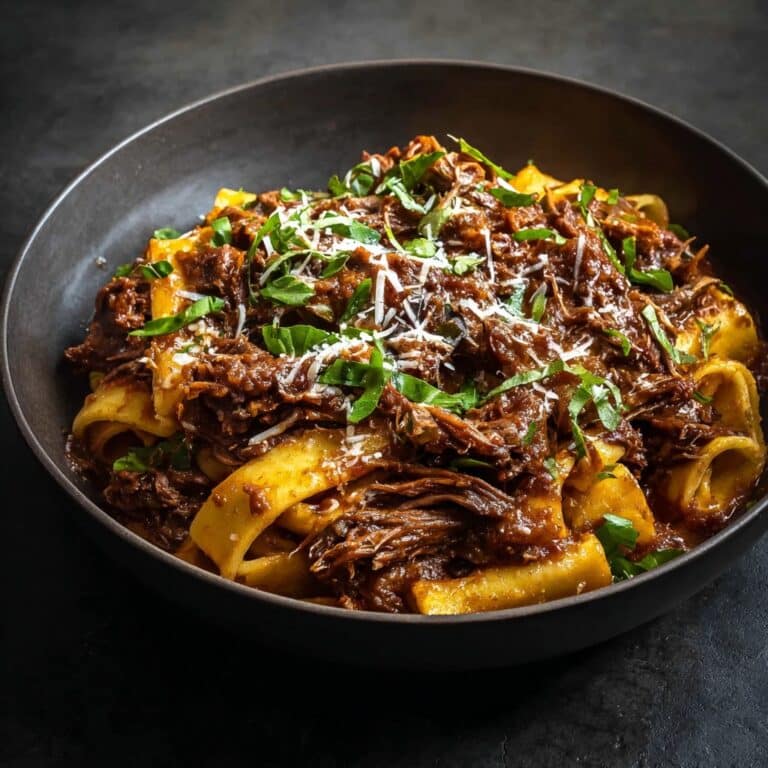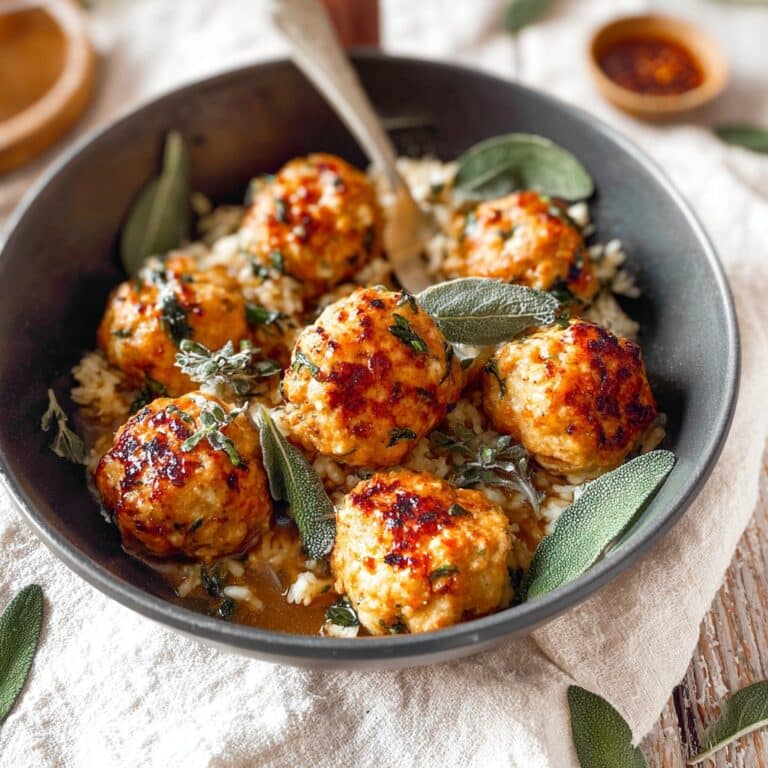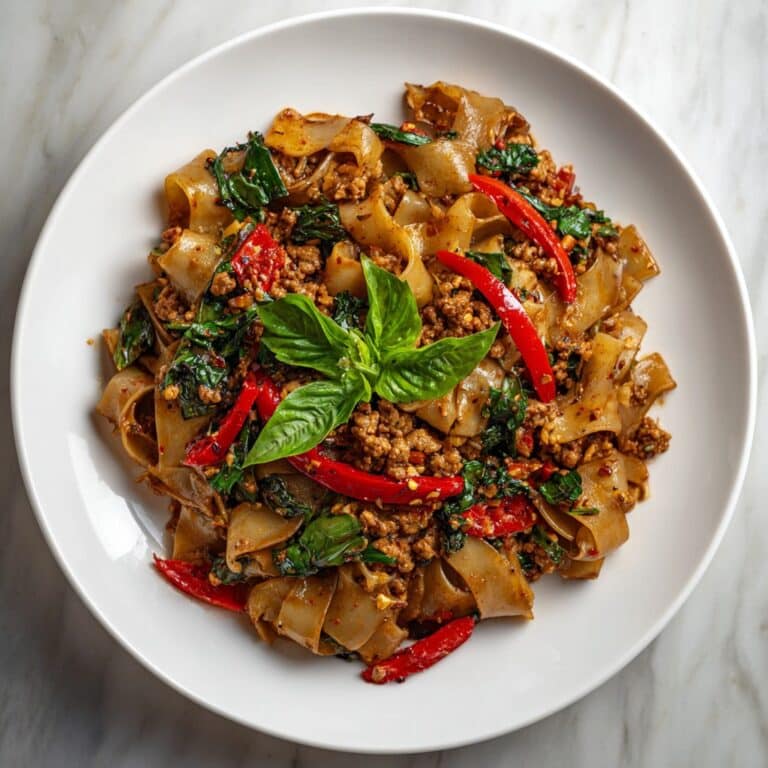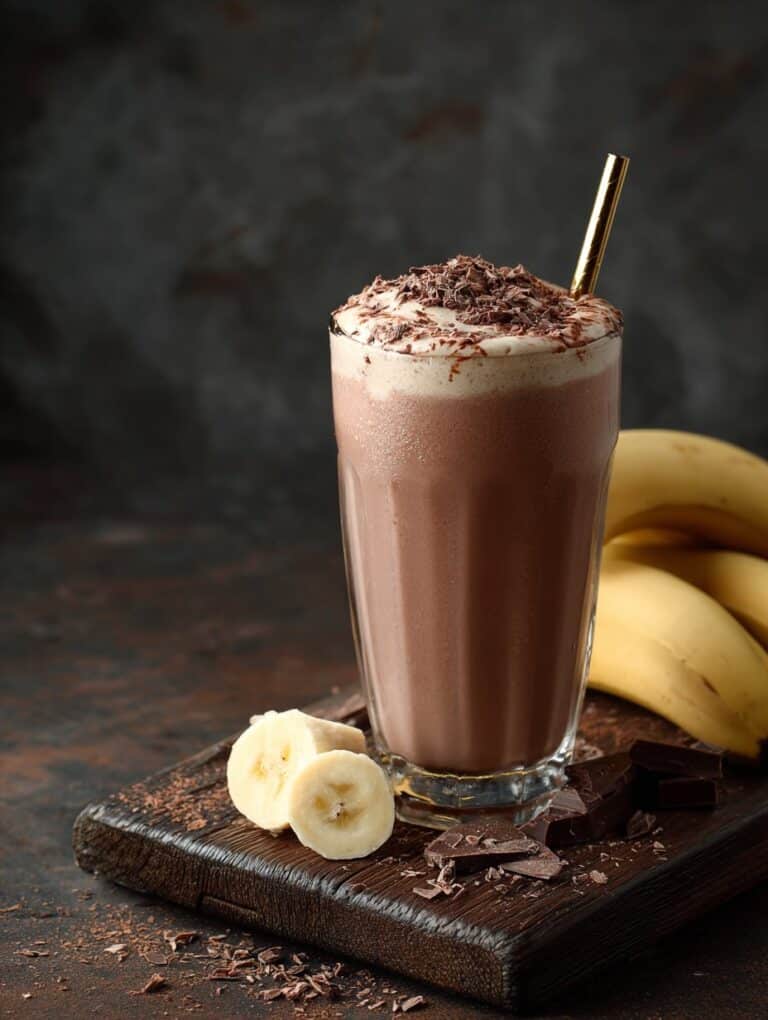Pasta Salad with Toasted Pine Nuts
Sit Down, Let Me Tell You About This Salad
You know when you stumble on a dish that becomes unexpectedly famous among your friends? Yep, this Pasta Salad with Toasted Pine Nuts is that recipe for me. Honestly, I started making it during a heatwave because who wants the oven on? Now my neighbor pops round every July hoping I’ve made a batch. Last time, I left the pine nuts in a bit too long and they got, ahem, caramelized—and the kitchen smelled like a campfire for two hours. Still good though! Funny how the tosser who eats the most always complains about the crunchiest nuts…
Why You’ll Love This (Or At Least Why I Do!)
I make this pasta salad when I want something that’s not just lettuce in a bowl. My family goes wild for it (or at least they do until my brother-in-law shows up and finishes half the bowl before dinner is ready). And here’s the thing: it’s forgiving, almost annoyingly so. I once forgot an ingredient and nobody noticed. Maybe you could add grilled chicken, but, between you and me, I never bother—that’s what makes it so easy on a balmy day.
Also, if I want leftovers for lunch, I have to hide a container at the back of the fridge—behind the pickle jar. True story.
What You’ll Need (But Don’t Stress Too Much)
- 250g dried short pasta (fusilli is classic, but honestly, any small pasta’s fair game—sometimes I use penne because that’s what lurks in my cupboard)
- 2 big handfuls of cherry tomatoes, halved (or sun-dried tomatoes in winter, when tomatoes taste like disappointment)
- 1 small cucumber, diced (sometimes I skip it if I’m out—totally fine)
- 1/2 red onion, thinly sliced (you can soak in cold water to mellow, if you’ve got time or onion-fearers in your house)
- 80g feta cheese, crumbled (goat cheese is lovely too—my grandma swore by Bulgarian feta, but supermarket will do)
- 50g pine nuts, toasted
- Handful of olives, pitted and halved (optional—but life is short, add them!)
- Fresh basil, torn (dried in a pinch, but fresh is ace)
- Splash of extra virgin olive oil
- Juice from half a lemon (or one of those weird bottles if citrus season passed you by)
- Salt and cracked pepper (taste as you go, it’s your salad now)
Let’s Get Cooking (Kinda)
- First up, bring a big pot of salted water to a boil. Cook your pasta till just al dente—don’t overdo it; nobody’s clamoring for pasta mush. Drain, rinse under cool water if it’s boiling outside. Let it cool (and maybe, like me, sample a piece or two, just to check they’re right).
- While the pasta’s cooking, chuck your pine nuts in a dry skillet over medium heat. Toss them or swirl the pan so they toast evenly. Watch them like a hawk—seriously, they go from perfect to burnt in a blink (ask me how I know). Transfer to a saucer once golden and fragrant.
- In a big mixing bowl, combine the cooled pasta, tomatoes, cucumber, onion, feta, olives (if using), and half your basil. Add pine nuts too—unless you want to use them for dramatic topping action at the end.
- Drizzle over olive oil and lemon juice. Toss everything together. Sprinkle salt and pepper. Taste as you go, and adjust something if you need to. You really can’t mess it up, unless you drop the bowl (once was enough for me).
- Scatter the rest of the basil and any reserved pine nuts on top. That’s your “wow” moment—run with it.
Notes from My Kitchen (‘Cause I’ve Messed Up So You Don’t Have To)
- If your pine nuts are looking a bit pale, you probably want to wait another 30 seconds—they’ll get way more flavor (but for real, don’t blink)
- I used to toss everything together when the pasta was still warm. Actually, I find it works better if it’s cooled a bit—helps keep the feta from simply melting into oblivion
- Mistakenly used apple cider vinegar instead of lemon juice once—it was… fine, just a bit odd
Variations I’ve Tried (And a Flop)
I’ve swapped feta for crumbled goat cheese (delish), or added roasted peppers that needed to be used up—worked beautifully. Chopped spinach stirred in is also quite good. I once tried diced avocado but, well, it went weird and soggy. Probably wouldn’t do that again.
Is Any Special Equipment Needed?
Just a big pot for the pasta and a skillet for the pine nuts—that’s it. If you don’t have a fancy mixing bowl, honestly, a clean saucepan works (no judgment, done it myself).

How to Store This (If It Lasts That Long)
Stick it in an airtight container in the fridge. It keeps for a couple days, but honestly, in my house it never lasts more than a day! The pine nuts lose a bit of crunch overnight, but the flavors meld and, weirdly, I think it tastes better the next day. (You’ll have to trust me on that if you’re faster at eating it than I am.)
How I Like to Serve It—And Maybe You Will Too
This is ace with grilled chicken or just on its own. Sometimes I sprinkle crumbled chips on top—a family tradition from the great “mom dropped the salad” incident of 2013. Bring it to a BBQ and see if you’re not everyone’s new favorite cousin. Serve right out of the bowl, fancy platters are for people with dishwashers.
Pro Tips Learned the Hard Way
- I once tried rushing toasting the pine nuts on high and well, smoked out the kitchen. Take your time.
- Don’t skip chilling the pasta—hot pasta absorbs all the oil and you end up with clumps. Been there, ate that.
- If you’ve got a picky eater, dice everything extra tiny; they’ll never notice the onions (probably).
FAQ (Asked by Real People Like, Well, My Family)
- Can I use a different nut?
- Yeah, totally. Toasted almonds or walnuts work fine; my mate uses sunflower seeds. Don’t be afraid to shake things up. Maybe skip peanuts though—felt weird when I tried it.
- What if I forget the feta?
- No drama. It’s still great. I did this once during a cheese drought, and nobody but me noticed!
- Can this sit out at a picnic?
- For a couple hours, sure. Just keep it out of the direct sun (try a cool bag if you’ve got one—but who always remembers?).
- Is there a way to make it gluten free?
- Absolutely, just use your favorite gluten-free pasta. I’ve used Banza before, not bad at all. Oh, and here’s a handy guide if you want more tips.
- How do I stop the pine nuts from burning?
- Tiny flame, constant stirring, walk away for a second—you’ll regret it. Bon Appétit explains it nicely (wish I’d found this sooner, frankly).
- What goes with this salad?
- I like it with grilled fish or as part of a big picnic spread. My friend’s kid eats it with ketchup, but I don’t want to talk about that.
On a closing note (for what it’s worth): this pasta salad is as low fuss as it gets, and if you find yourself adding a splash too much lemon or eating half the toasted pine nuts before they hit the bowl, well, you’re in good company. And if you’ve got a dog who likes to hang out near the kitchen table, watch those pine nuts—they’re not for pups!
Ingredients
- 250 g penne pasta
- 60 g pine nuts
- 1 cup cherry tomatoes, halved
- 1/2 cup cucumber, diced
- 1/4 cup red onion, thinly sliced
- 1/2 cup black olives, sliced
- 1/4 cup fresh basil leaves, chopped
- 1/4 cup Italian vinaigrette dressing
- Salt and black pepper, to taste
Instructions
-
1Cook the penne pasta in a large pot of salted boiling water according to package instructions until al dente. Drain and rinse under cold water.
-
2In a dry skillet over medium heat, toast the pine nuts for 2-3 minutes until golden and fragrant. Remove from heat and let cool.
-
3In a large mixing bowl, combine the cooked pasta, cherry tomatoes, cucumber, red onion, black olives, and chopped basil.
-
4Add the toasted pine nuts and drizzle with Italian vinaigrette dressing. Toss to combine.
-
5Season with salt and black pepper to taste. Serve chilled or at room temperature.
Approximate Information for One Serving
Nutrition Disclaimers
Number of total servings shown is approximate. Actual number of servings will depend on your preferred portion sizes.
Nutritional values shown are general guidelines and reflect information for 1 serving using the ingredients listed, not including any optional ingredients. Actual macros may vary slightly depending on specific brands and types of ingredients used.
To determine the weight of one serving, prepare the recipe as instructed. Weigh the finished recipe, then divide the weight of the finished recipe (not including the weight of the container the food is in) by the desired number of servings. Result will be the weight of one serving.
Did you make this recipe?
Please consider Pinning it!!

